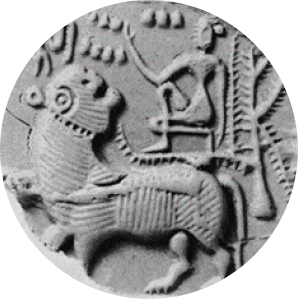Owen Jones, in the Guardian says: “History is not being erased by those seeking to topple the statues of slavers and murderous white supremacists; it is being remembered. That is the real sin as far as the protesters’ detractors are concerned. They understandably fear what will happen if historical atrocities committed by the British state enter wider public consciousness.”
Jones says that bringing attention to the statues is giving us all a history lesson. I think that is true. But what will happen in a few years, when all these statues of people who perpetrated attrocities and held despicable opinions are gone? Memories fade quickly. I think a better idea might be to leave the statues, but place descriptive plaques, describing their personage’s wrongdoing, as markers of shame for the generations.
Yet it’s true that statues are usually (solely?) erected to honor, rather than dishonor. In India, a statue is a murthi (an idol) and is there to be worshipped.
So one could go a step further and replace those statues with new ones of heroes murthosizing opposite values. The description on the plinth would mention the previous occupant, and why he’d been evicted in favour of the new owner.
